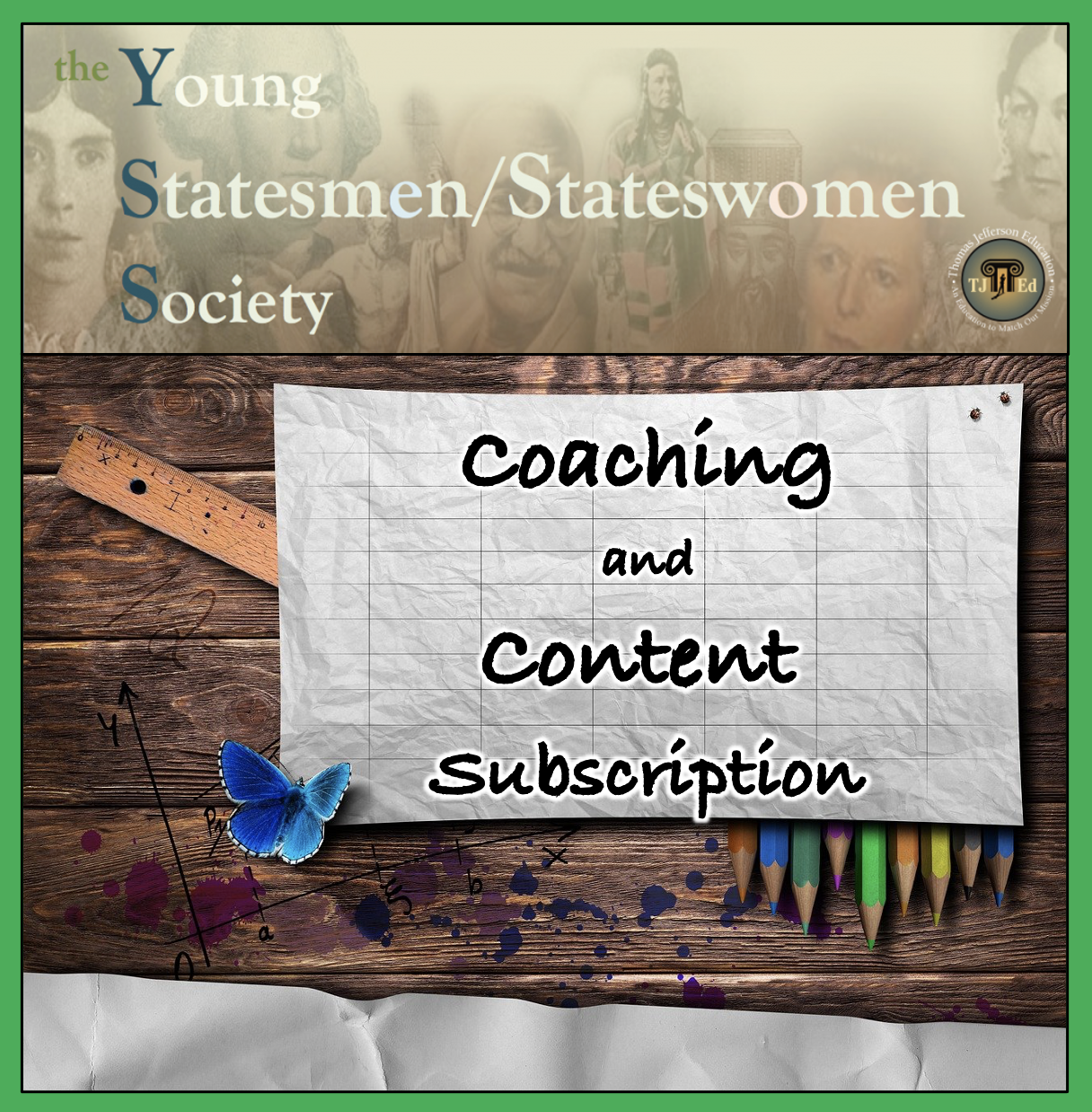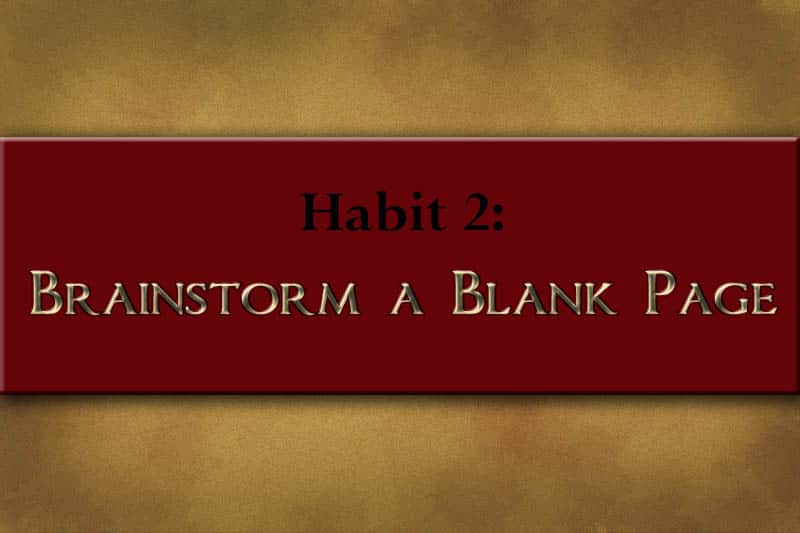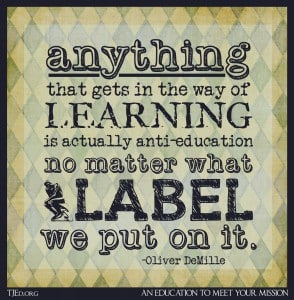Freedom works.
Forcing our students to learn is a sure way to shut down their learning. This may feel counter-intuitive when we’re suffering from Conveyor-Belt Hangover, but it is usually the reality.
Consider the following report from The Economist (May 28th 2011) of a study by Elizabeth Bonawitz and Patrick Shafto:
“One group of children had a strictly pedagogical introduction. The experimenter said ‘Look at my toy! This is my toy. I’m going to show you how my toy works.’ She then pulled a yellow tube out of a purple tube, creating a squeaking sound. Following this, she said, ‘Wow, see that? This is how my toy works!’ and then demonstrated the effect again.
“With a second group of children, the experimenter acted differently. She interrupted herself after demonstrating the squeak by saying she had to go and write something down, thus suggesting that she might not have finished the demonstration. With a third group, she activated the squeak as if by accident. To a fourth, the toy was simply presented with the comment, ‘Wow, see this toy? Look at this!’
“After these varied introductions, the children were left with the toy and allowed to play….
“The upshot was that the children with the first group spent less time playing (119 seconds) than those in the second (180 seconds), the third (133 seconds) or the fourth (206 seconds)….The researchers’ conclusion was that, in the context of strange toys of unknown function, prior explanation does, indeed, inhibit exploration and discovery.”
Teaching the kids a thing and then telling them to use it was less effective than just letting them watch an adult do it—and then being left to act as they choose.





























Reminds me a lot of John Holt. He was very sensitive to adults doing too much annoying teaching of children.
Piaget taught similarly, in that children learn best by being able to build the schema, file cabinets in their minds for categories of information, and that they do this best by being able to explore and discover. Edison said something too about the value or necessity of freedom. (Probably saw that quote somewhere on this website).
True!! In fact, we review Piaget (love him) in Leadership Education: The Phases of Learning.